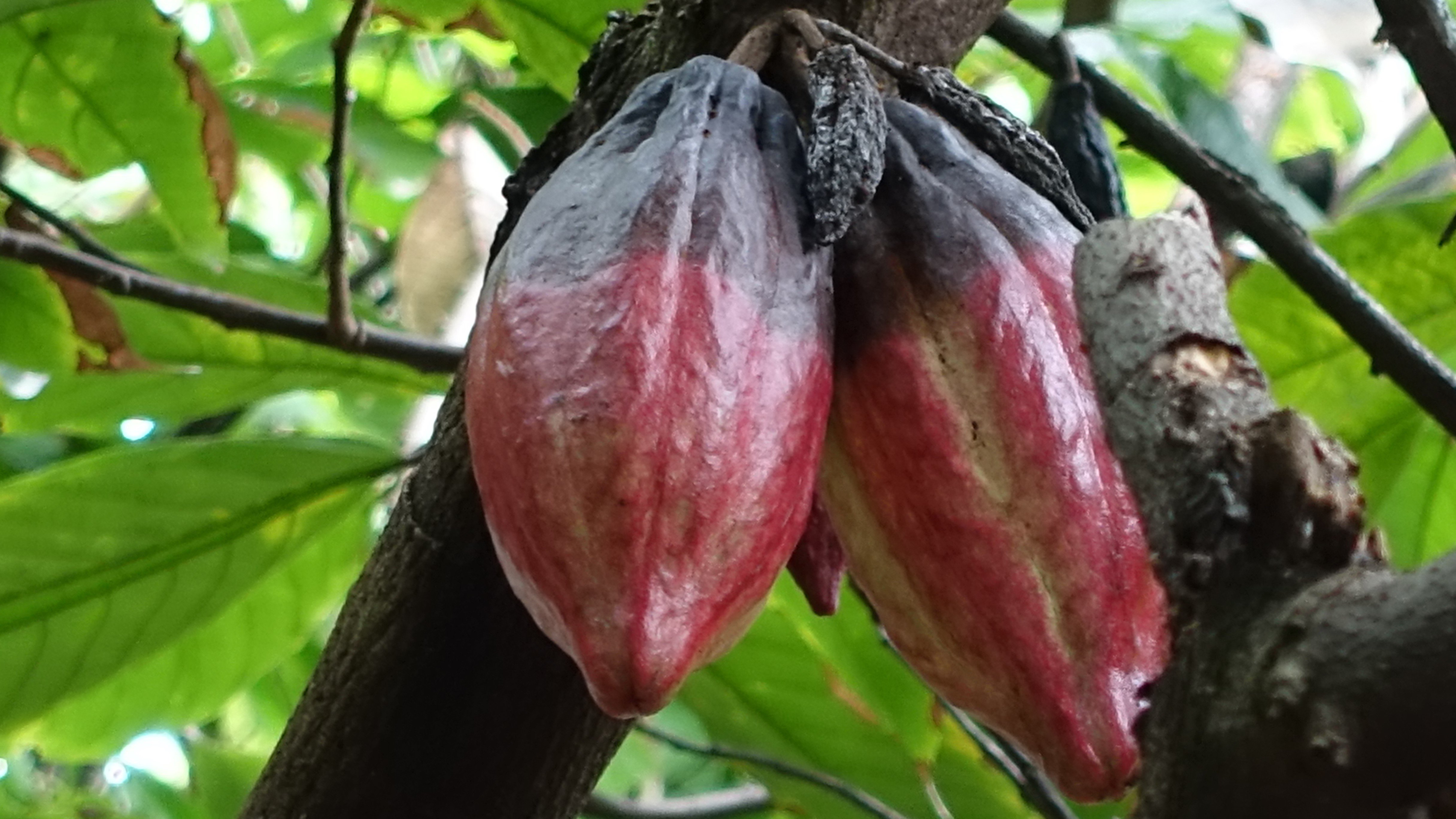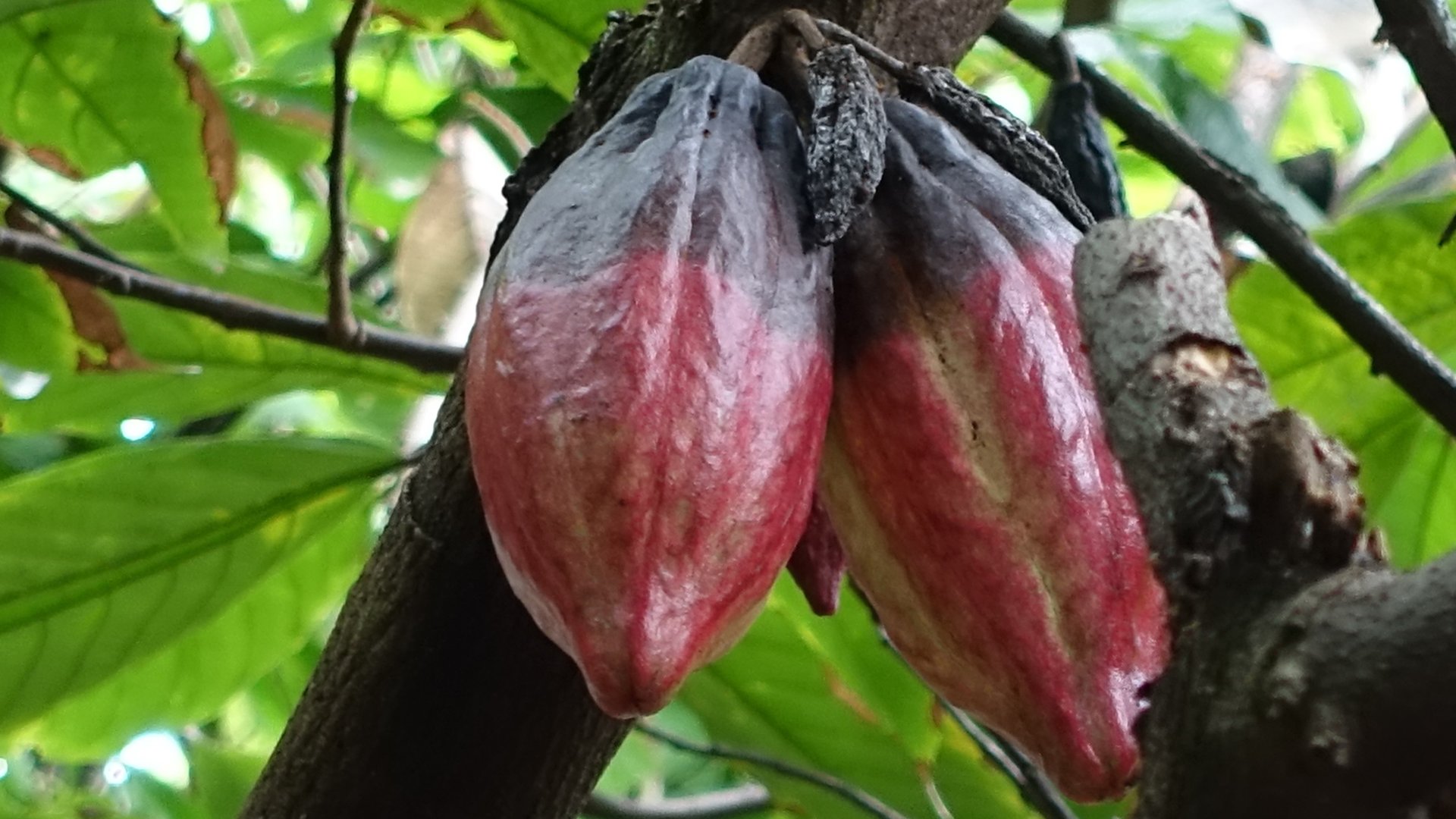Scientists from the Smithsonian Tropical Research Institute (STRI) in Panama have discovered that when young cocoa plants are treated with microbes from mature cocoa trees, their chance of infection by P. palmivora is reduced by half.
Guardians
'When a baby passes through the birth canal during delivery, it absorbs all kinds of bacteria and fungi from its mother. These microbes strengthen its immune system and make the baby healthier,' says to Natalie Christian, a student at the University of Indiana and chief author of the article that appeared in Proceedings of the Royal Society B. The research team encountered a similar process among cocoa plants. In the tropics, each and every leaf is home to hundreds of species of micro-organisms that protect the plant. The fungus Colletotrichum tropicale, for instance, guards against pathogens and ravenous insects. The team’s research revealed that mature plants pass these guardians on to their descendants.
Herbivore
First, the cocoa plants were cultivated from sterile seeds in sterile chambers and divided into three groups. Among the first group, dead leaves from healthy cocoa plants were scattered on the soil; the second group received leaves from assorted species of tropical plants; and the third group had make do without any leaf litter at all. Next, the three groups were placed in the forest, where they were exposed to all the microbes that can reach plants there via the air and rain. Finally, the team returned the seedlings to the greenhouse and infected them with P. palmivora.
Each year, between 10 and 20% of cocoa production is destroyed by a fungus known as Phytophthora palmivora. © Scot Nelson
Colonisation
After three weeks, the researchers measured the damage. The plants that had been grown with cocoa leaves suffered much less damage than the plants without leaf litter. Yet even when compared to the plants grown with assorted leaves, the first group also showed half as much damage. To find out whether these results could be explained by microbes in the leaves, the team took samples for DNA analysis and cultures. These revealed that the leaves of the plants grown with cocoa-leaf litter contained a much higher concentration of Colletotrichum tropicale. Christian explains: 'This means that C. tropicale from the dead leaves of mature trees is able to quickly enter the young leaves, preventing other microbes – including pathogens – from establishing colonies.'
Active influence
These findings show how the microbes on the plant develop and how important they are to the health of the plant. This study also demonstrates that the protection offered by these micro-organisms can be actively influenced – a result the cocoa industry will no doubt find interesting.
Without microbes, chocolate would not exist. Would you like to know why, and discover other foods that are also made from or with microbes? Visit ‘Microbes on your plate’ in ARTIS-Micropia.

